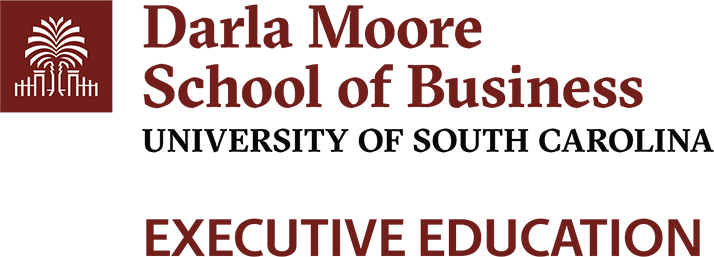The lockdowns and quarantines of two and three years ago are long over, but the workplace will never be quite the same.
People are back at the office – some of them. Others intend never to go back again. And managers have to sort out often-conflicting business needs and worker preferences.
Everyone’s trying to figure it out. Recently, Forbes ran an article headlined, “Why Your Workforce Doesn’t Want To Go Back To Work.” The New York Times has a web page called “The Changing Workplace,” linking to multiple articles on the subject.
And employers and employees are trying to sort it out right here in South Carolina. It isn’t easy.
“There seems to be this divide,” says Dr. Kasie Whitener, who teaches entrepreneurship and strategic management at the Darla Moore School of Business. “Because there’s insecurity, people want to have eyeballs on their workforce.” Meanwhile, “If workers are not given flexibility, they’ll walk away.”
Kasie is the programs director for the Faber Entrepreneurship Center at the Moore School, and a consultant who works with businesses to help them stabilize their operations in a changing world. And she’ll be teaching a special short course in March, through ExecEd, called “The Changing Work Landscape.” It’s a special course offered by ExecEd on Wednesday, March 22, and it’s exclusively for Moore School alumni. Learn more about it here.
“We all face a big challenge in the post-COVID workplace,” she says. “We’re dealing with new models of employment. We’re also coping with different levels and definitions of engagement and incentives, between employers and the employed.”
Looking out across the country, she sees varying degrees of success by businesses trying to cope with the changes. “My experience in South Carolina is that in some industries we are slower to adopt,” she says. She sees this particularly in “very big corporate entities.”
However, smaller businesses offer more opportunity for experimentation, and in South Carolina, 90 percent of workplaces have fewer than 20 employees. That presents a lot of opportunities.
Some workers want to get back into the office, and huge numbers of them already have. Others treasure the flexibility of working from home. You might suppose this breaks down simply by age, with younger people wanting more freedom from the office grind. But you’d be wrong. That’s not what Kasie sees.
Often, the youngest workers want the experience of working with their colleagues face-to-face far more than their elders. Her students “mostly express a desire to be with their coworkers, and learn by watching.” Besides, they didn’t have a great experience of doing things remotely during the worst days of COVID, when their classrooms were shut down.
“They did the online class thing, and felt very disoriented,” Kasie says. “They decided, ‘I don’t want this.’”
Meanwhile, their elders often feel far less need for the cubicle experience, and elect to stay home – if given the opportunity. “Gen X is pretty remote,” Kasie has found, regarding folks who are now in their 40s and 50s.
But if the young are going to the workplace to learn, those are the people they need to be learning from.
Consequently, whether your workplace should be remote, in the office or hybrid can depend – among many other factors – on how diverse your workforce is in terms of age. If everyone has 20 or 30 years experience, that argues for letting them stay at home more. But “with a more diverse assortment of ages,” says Kasie, “maybe the traditional model is better, so the young can learn.”
At the end of the day, she says, “That collaboration thing comes up a lot: How do you establish a corporate culture if you’re not together?”
While she chides employers who, in their insecurity, want their employees where they can watch them – and thereby run off many workers who expect more freedom – she suggests the independent-minded workers aren’t always right, either. Surveys show that “70 percent of workers prefer to work at home. But should they?”
It depends on more than preferences: the specific needs of each employer, and each employee, must be taken into consideration.
There are a lot of surveys like the one cited above, and Kasie believes they don’t always lead to helpful data for making these decisions. “Senior leadership is focusing on the wrong measurement – asking people how they feel about their working conditions. It needs to be about productivity,” she says. That should matter to both employer and employee.
More and more, “A lot of companies are working on a hybrid model.” And for many businesses, that is the right approach. Have people in the office for certain types of things, under certain circumstances. It depends on what needs doing, and who’s doing it.
That’s a lot tougher to figure out than the old model of everyone coming in and punching a clock. But it’s something managers have to work on.
“It’s the challenge of our time, and we all need to know how to meet it,” says Kasie. “It will do no good to wish for a return of the old conditions. That’s not going to happen.”
“But the good news is, companies willing to change will thrive.”



Comments are closed.